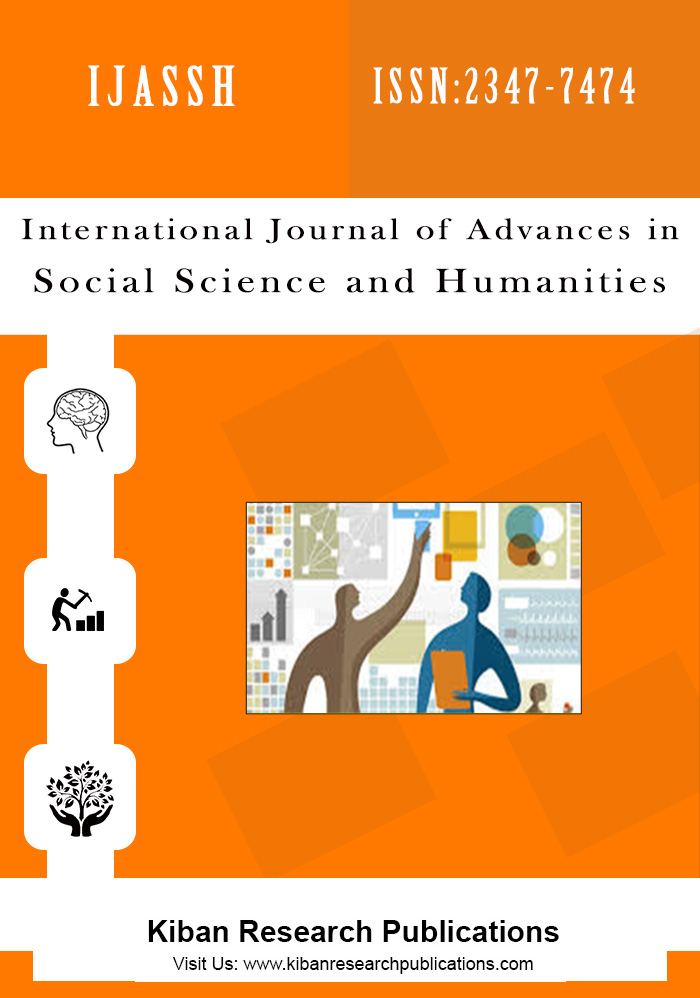Improving Teaching and Learning through Kaizen and 7th Habit
Abstract
This institutional research article explicates the application of Kaizen in a teaching and learning milieu. The prime idea of this inquiry is anchored on Kaizen principles espoused by Kaizen expert, Masaaki Imai, who articulated that “Kaizen strategy is the single most important concept in Japanese management, the key to Japanese competitive success.†Also backing up this inquiry is the 7th Habit-described as “Sharpen (ing) the Sawâ€-- from Stephen Covey’s The 7 Habits of Highly Effective People. Both popular principles are the springboard of this research inquiry into Kaizen’s 5S principles and 7th Habit against the backdrop of academic functions as exemplified by instructors and leaders of learning in school and universities in an attempt to improve the quality of learning. The author then explores the validity of the effectiveness of the Kaizen principles in various areas of learning facilitation. The author recommends the adaption of Kaizen principles to teaching to sustain continuous quality improvement in all learning undertakings-whether on the practicality of the principles in teaching, their reliability in learning among various learners, or their effectiveness in educational leadership. As a practitioner of continuous quality improvement and a facilitator and leader of quality teaching and learning for years, the author has considered the role that teachers and school leaders play in the implementation of continuous quality improvement to attain and sustain the effectiveness and efficiency of quality learning in the academe.
Keywords: Kaizen, Continuous quality improvement, Kaizen in teaching, 5S principles, 7th habit.




